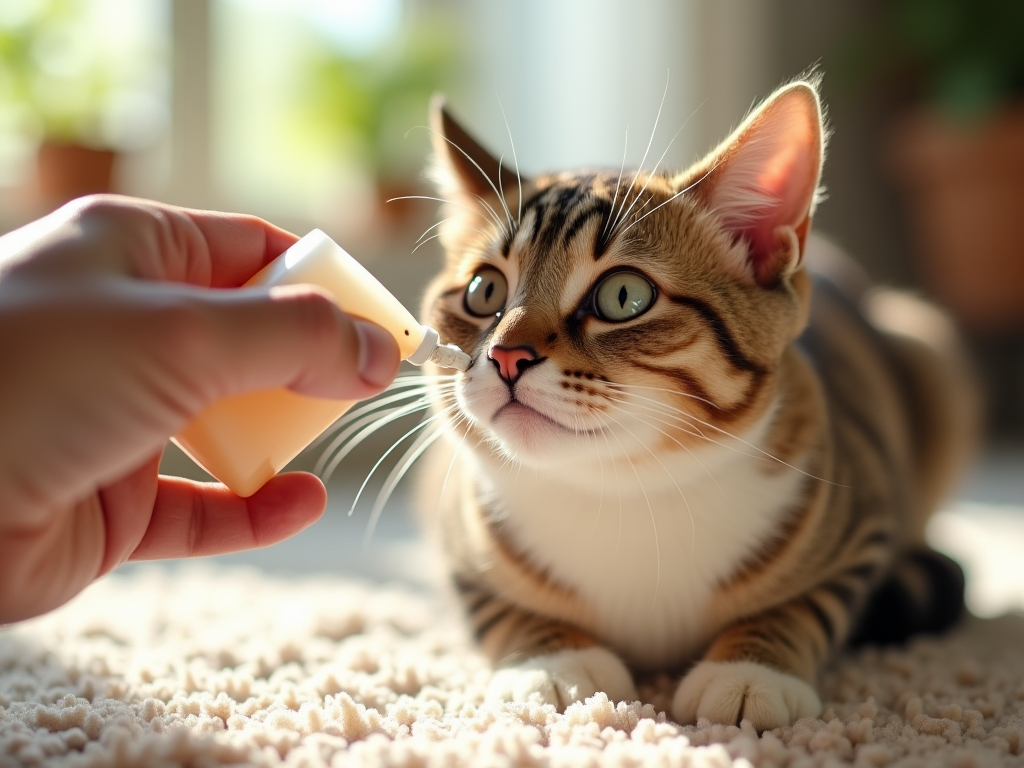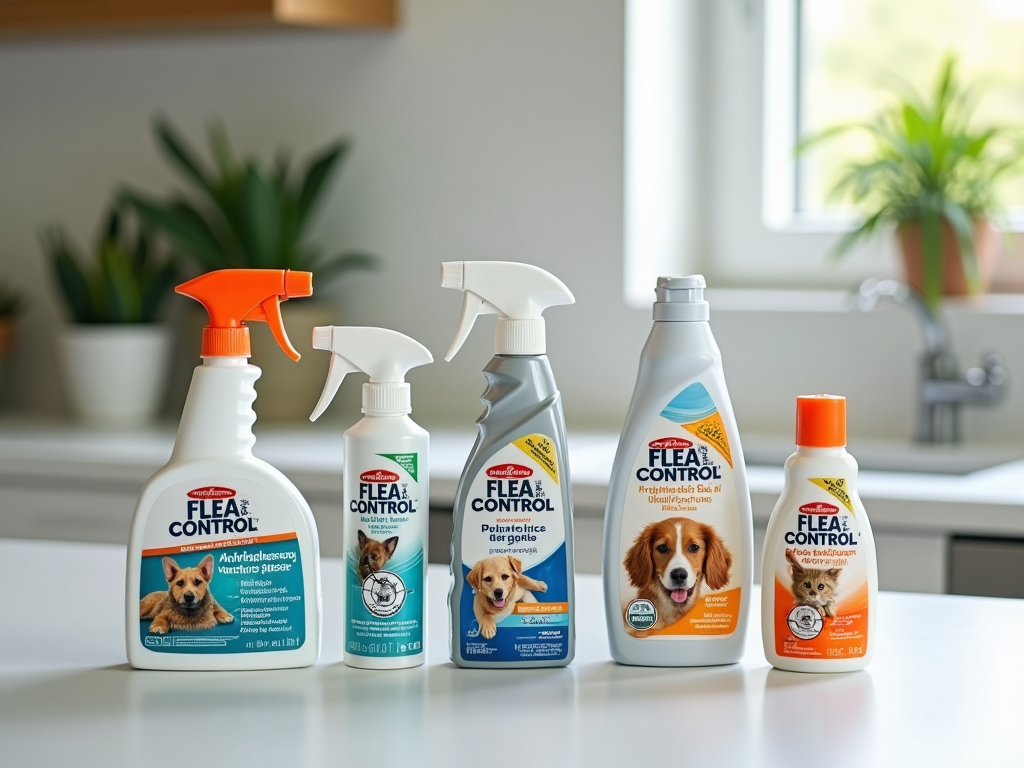Everything You Need to Do to Get Rid of Fleas in Your Home

Fleas are insidious little creatures that can turn your cozy home into a battleground between you, your beloved pets, and these uninvited guests. Their rapid breeding and adaptability make them a formidable foe for homeowners. In addition to being itchy nuisances, fleas can carry diseases and cause significant discomfort for both people and pets. It’s essential to address the issue effectively, combining strategies that tackle the infestation and prevent its recurrence. By understanding their lifecycle, identifying signs of an infestation, and implementing a comprehensive cleaning plan, you can successfully reclaim your living space. This guide will provide you with vital information and actionable steps to eliminate fleas and keep them from returning.
Understanding Fleas and Their Impact

Fleas are tiny, wingless insects that feed on the blood of warm-blooded animals including cats, dogs, and humans. Their lifecycle consists of several stages: eggs, larvae, pupae, and adults, each contributing to their rapid population growth. The female flea can lay dozens of eggs each day, creating a potential explosion of fleas if not managed properly. In addition to causing itchy bites, fleas can lead to skin infections, allergies, and in some cases, transmit diseases such as tapeworms to both pets and humans. Their presence can lead to discomfort and anxiety for both you and your furry companions. Therefore, understanding their lifecycle and behavior is crucial for effective treatment and prevention strategies.
- Eggs: Laid in the environment, often on pets.
- Larvae: Feed on organic debris and mature into pupae.
- Pupae: Cocooned stage, can remain dormant for months.
- Adults: Emerge to find hosts for feeding.
Identifying a Flea Infestation

Before you can take effective measures to eliminate fleas, confirming their presence is essential. Knowing the signs of an infestation can help you take swift action. Common indicators include itchy bites on humans and pets, flea dirt found in pet fur, and the sight of fleas jumping on furniture or bedding. If you suspect an infestation, don’t delay in addressing it, as fleas can multiply quickly and create a larger problem than initially anticipated. Conducting regular checks on your pets and living environment is vital to catch any signs early.
- Bites on humans or pets (small, red, itchy welts).
- Flea dirt observed in pet fur (small, black specks).
- Visible fleas hopping on furniture or floors.
Preparing for Flea Control
Preparation is key to an effective flea control strategy. Start by gathering the necessary supplies and developing a comprehensive cleaning strategy. Ensure that you have the right cleaning equipment at hand, such as a powerful vacuum cleaner and flea treatments for your pets. Alongside these essential tools, developing a deep cleaning plan that targets areas where fleas are likely to thrive will make your efforts more effective. Create a cleaning checklist to help keep track of the areas you need to focus on. A thorough cleaning not only removes fleas but also disrupts their lifecycle.
- Vacuum cleaner
- Flea treatments for pets
- Insecticides or natural alternatives
| Flea Treatment | Effectiveness | Notes |
|---|---|---|
| Topical Solutions | High | Apply monthly; waterproof options available. |
| Oral Medications | Very High | Quick action; must monitor for side effects. |
| Flea Collars | Moderate | Convenient; not always effective for severe infestations. |
| Natural Remedies | Variable | Safe for pets; may require more frequent application. |
Effective Flea Control Methods
With your preparations complete, it’s time to implement various methods to eliminate fleas effectively. Begin by treating your pets with effective flea medications that are recommended by your veterinarian. There are various options available, including topical solutions or oral medications, which can kill existing fleas and prevent future infestations. Cleaning also plays an integral part in controlling fleas; ensure that you vacuum every corner of your home, paying special attention to furniture and carpets. After vacuuming, it’s advisable to wash pet bedding and any other affected fabrics to eliminate potential hiding spots for fleas.
- Vacuum thoroughly and regularly.
- Wash pet bedding and any affected fabrics.
- Use steam cleaning for carpets and upholstery.
Using insecticides can also be effective, but it’s essential to choose products that are safe for indoor use. When applying insecticides, always follow the label instructions to ensure safety for yourself and your pets. For larger infestations, consider using foggers, which can reach areas that traditional sprays cannot. Alternatively, natural remedies such as diatomaceous earth or essential oils can help in repelling fleas without exposing your home and pets to harmful chemicals. Transitioning to a holistic flea management approach may not only help with the current infestation but also position your home to remain flea-free in the future.
Long-Term Prevention Strategies
After successfully eradicating fleas, focus on long-term prevention strategies. Keeping your living environment clean is crucial to deterring fleas from returning. Regular vacuuming schedules should be established, complemented by weekly washing of your pets’ bedding. You should also prioritize your pets’ health by arranging regular veterinary check-ups, where you can discuss preventative flea treatments. Equally important is yard maintenance; keeping your grass trimmed and removing debris can diminish conditions favorable for flea dwellings. By integrating these preventative measures, you will significantly minimize the risk of future infestations.
Conclusion
Successfully eliminating fleas requires commitment and an understanding of their lifecycle, alongside effective cleaning and treatment methods. By recognizing signs of infestation early, preparing adequately, and employing a variety of control methods, you can reclaim your home from these relentless pests. Remember, long-term prevention is equally crucial to avoid future issues. Stay proactive, regularly monitor your living space, and ensure that your pets enjoy a flea-free environment. Ultimately, embracing both eradication and prevention tactics will allow you to create a comfortable and safe home.
Frequently Asked Questions
- How do I know if I have fleas? Look for bites on yourself or pets, flea dirt in fur, or visible fleas jumping on your furniture.
- What are the best treatments for pets? Consult your veterinarian for the best oral or topical flea treatments tailored for your pets.
- Is it safe to use insecticides indoors? Yes, but select products specifically labeled for indoor use and always follow safety instructions.
- Can fleas live in my carpet? Yes, they can infest carpets, fabric, and upholstery, making thorough cleaning necessary during an infestation.
- How do I keep fleas from coming back? Regular cleaning, preventative treatments for pets, and proper yard maintenance are essential in preventing future infestations.


